#Jonathan H.X. Lee
Explore tagged Tumblr posts
Photo
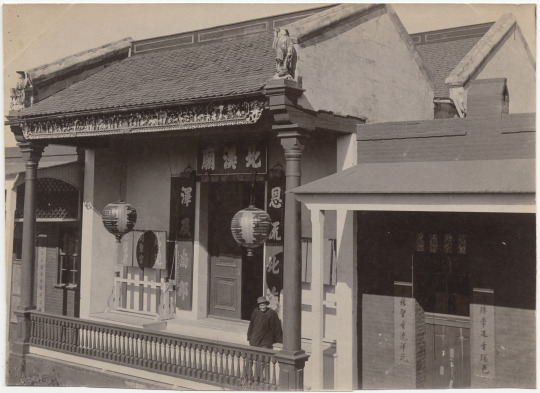
The second Bok Kai Temple was built in 1880 at the foot of D Street Marysville CA. The verso of this photograph states “Neg. by G.H.S.” (From the collection of the California State Library).
Bomb Day and Bok Kai -- Chinese American Culture Work
This year marks the 142nd annual Marysville Bok Kai Parade and Festival, from March 5 & 6, 2022, in the historic old Marysville Chinatown. The two-day event occurs at the time that this pioneer Chinatown has celebrated “Bomb Day” for the last century and a half. Bomb Day celebrates the Chinese Water God, Bok Kai, and is held annually on the weekend which corresponds more closely to the second day of the second month of the Chinese lunar year or 二月二 (canto: “yee yuht yee”).
As for the bombs on Bomb Day, they are fired in a roped arena where young Chinese, and occasionally adults, jostle for position to grab “good fortune” rings which are launched into the air from a bursting firework set on a tree stump. Certain rings are traditionally regarded as bringing luck to the holder throughout the year. In past decades, the gamblers who convened in the town for the festival would buy the rings from successful scrambler. The purchasers would, in turn, pay a fee at the temple to hold onto them. (In the words of a family member, who participated in the scrum before WW II, Bomb Day simply presented one more opportunity to receive a beat-down from a stronger competitor.)
SF State Professors Jonathan H.X. Lee and Vivian Lee Nyitray wrote about this unique Chinese American festival in the 2012 issue of History & Perspectives – The Journal of the Chinese Historical Society of America, stating as follows:
“Early Chinese immigrants to Northern California, who came largely from Cantonese-speaking regions, built the North Creek Temple (Beichi Miao 北溪廟) [canto: “bak kai miu”] in 1879, seeking divine protection from floods as well as bountiful water for farming. Today, the descendants of first-generation Chinese immigrants to Marysville and the larger non-Chinese local populations commonly call it the Bok Kai Temple.” Understanding the meaning(s) of “Bok Kai,” however, is not a straightforward endeavor.
“In standardized Cantonese romanization, bok 北 should be pronounced and spelled bak, meaning “north”; ka 溪refers to a creek or mountain stream.4 Hence, one very probable meaning of “Bok Kai” reflects the actual location of the temple—at the northern end of a creek (now the northern bank of the Yuba River)—as implied by its official written Chinese name, Beichi Miao . . . . Naming their communal temple in generic and location-specific terms would have given the Chinese immigrant population in Marysville an uncontroversial space for devotion, serving also to bind them as a new community despite differences of geographical origin, clan affiliation, or dialect. In this analysis, the Bok Kai Temple itself, although largely conforming to traditional Chinese architectural requirements for construction and decoration—and thus resisting assimilation and accommodation—is nonetheless a new hybrid, an innovative material expression of localized religious concerns.
“There is, however, another possible explanation for the name Bok Kai: it may have come from Bei Di 北帝 (Emperor of the North), which in Cantonese is pronounced Bak Dai. The Emperor of the North is a deity widely known and worshipped in China as both Bei Di and Zhenwu 賑務 (True Warrior).”*
[* The correct Chinese characters should be 真武 (pinyin: “Zhēn wǔ; canto: “Sun Mo”) – Ed.]
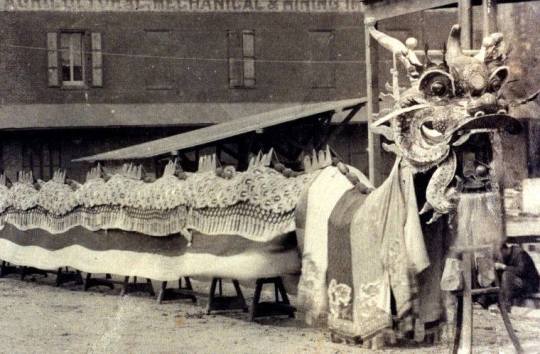
The reputed first photograph of Moo Lung in Marysville CA, c. 1880. Photographer unknown (from the collection of Yuba County).
Whatever the correct origin of the temple may have been, Professors Lee and Lee Nyitray assert that the temple represented a unique synthesis of “Chinese American culture work,” concluding as follows:
“The phenomenon unfolding in Marysville illustrates how the signs and symbols of Chinese religion in America may be reimagined, rearticulated, and re-created. Over time, miscommunicated identity and representation can become normalized. This process gave birth to Bok Kai, present but misidentified on the altar of a temple that bears “his” name. Subsequent Chinese Americans continue to reproduce this representation as part and parcel of Chinese culture in America. Accompanying the new representation of Bok Kai as a Chinese American god are Chinese American socio-spatial practices such as the Bok Kai Parade. Together, these phenomena perpetuate the new representation of a Chinese god in Chinese America, as well as of new social practices. [...] Thus, Bok Kai and the Bok Kai Temple are both material products of Chinese American culture work that display heritage loss but also heritage gain; the residents of Marysville have given rise to a new form of vernacular Chinese religion as it is created, experienced, lived, and represented in a Chinese American community.”

In the Bok Kai Temple (北溪廟; lit. "North Creek temple;" canto: “bak kai miu”), Feb. 25, 2023. Photograph by Doug Chan.
The online archive of the California State Library, among other institutions, contains images of the Marysville tradition as it was celebrated in the late 19th and early 20th centuries by a still-thriving, pioneer Chinese community.
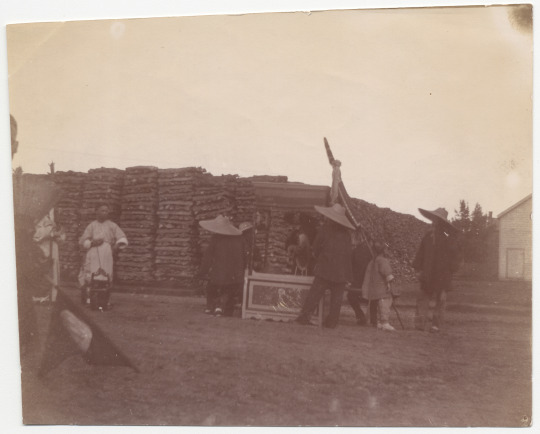
“Chinese in traditional dress, carrying banners on Bomb Day in Marysville, California,” c. 1895. (Photographer unknown from the collection of the California State Library).
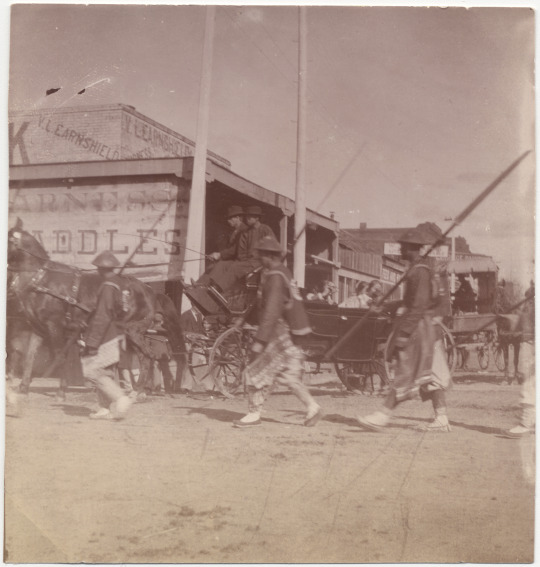
“Guards. Chinese escorting carriages with Chinese ladies” on Bomb Day in Marysville, California, c. 1895. (Photographer unknown from the collection of the California State Library).
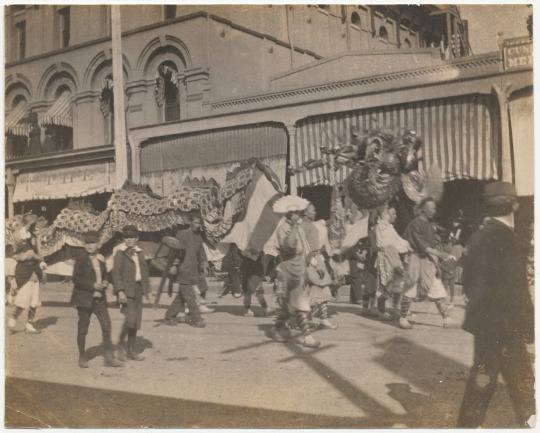
“Becoming animated. Shows parade, Chinese dragon” on Bomb Day in Marysville, California, c. 1895. (Photographer unknown from the collection of the California State Library).

“Chinese settlement” in Marysville, California, c. 1895. (On verso: “Neg. by A.J.B.” from the collection of the California State Library).

“Preparation. Shows assembly of dragon” on Bomb Day in Marysville, California, c. 1895. (Photographer unknown from the collection of the California State Library).

“Music, temple, children. Shows parade of men and children in traditional dress” on Bomb Day in Marysville, California, c. 1895. (Photographer unknown from the collection of the California State Library).
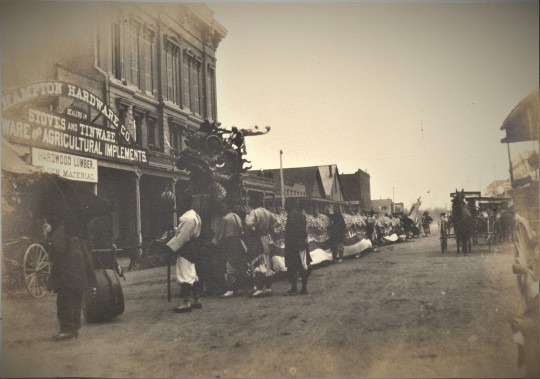
“ Resting. Shows dragon and parade in front of Hampton Hardware Co.” on Bomb Day in Marysville, California, c. 1895. (Photographer unknown from the collection of the California State Library).

“Drum. Dragon preceded by men playing drum, carrying decorative staffs, children following parade” on Bomb Day in Marysville, California, c. 1895. (Photographer unknown from the collection of the California State Library).

“Off down the street. Dragon, spectators line street” on Bomb Day in Marysville, California, c. 1895. (Photographer unknown from the collection of the California State Library).

“Shows parade, spectators in foreground” on Bomb Day in Marysville, California, c. 1895. (Photographer unknown from the collection of the California State Library).

“Societies, firemen!” on Bomb Day in Marysville, California, c. 1895. (Photographer unknown from the collection of the California State Library).
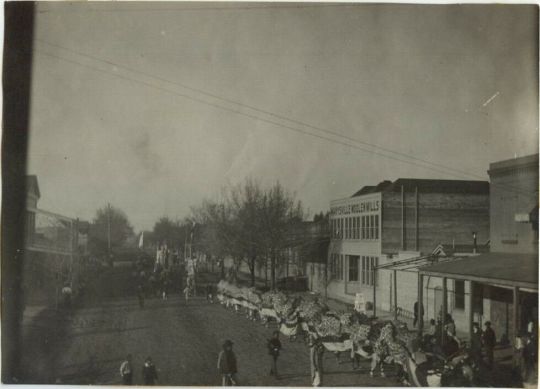
Bomb Day in Marysville, California, c.1900. (Photographer unknown)
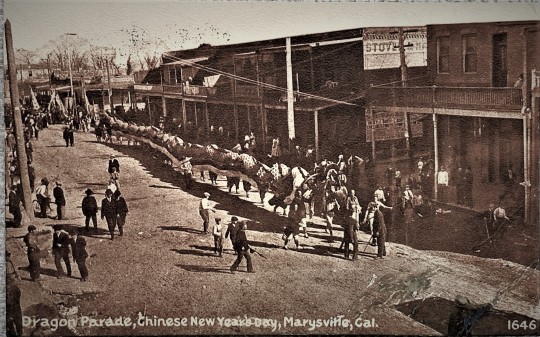
“Dragon Parade, Chinese New Year’s Day, Marysville, Cal. 1646″ c. 1900. Postcard mounting, photographer unknown (from the private collection of Wong Yuen-Ming).
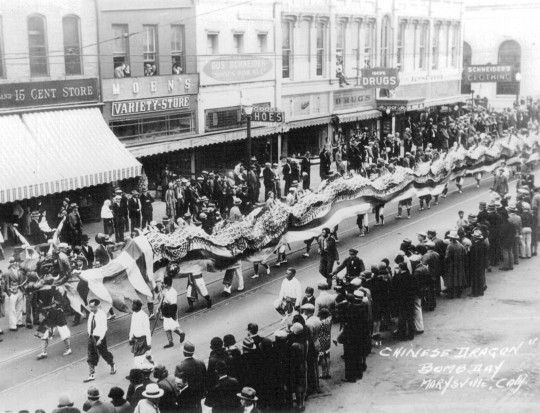
“’Chinese Dragon’-- Bomb Day -- Marysville, Calif.” 1925. (Photographer unknown from the collection of the California State Library).

Bomb Day, March 5, 2022. Photo by Myron Lee.

The Bok Kai Temple, February 25, 2023. Photo by Doug Chan
[updated 2023-2-26]
3 notes
·
View notes
Photo

#canitellyou “the tiger embodies courage and bravery, so the new year could symbolize resilience and strength - even in times of struggle.” - Jonathan H.X. Lee Art : @georgiafiennesstudio / 🐯🌸🧧 . . . #yearofthetiger🐯 #tigerpainting🐯 #georgiafiennesstudio #canyouseethetiger #gongxifacai2022㊗️🐅 #kungheifatchoi2022🐯 #xinniankuaile #happylunnarnewyear2022 (at East Meon) https://www.instagram.com/p/CZhDdG-Ozu1/?utm_medium=tumblr
#canitellyou#yearofthetiger🐯#tigerpainting🐯#georgiafiennesstudio#canyouseethetiger#gongxifacai2022㊗️🐅#kungheifatchoi2022🐯#xinniankuaile#happylunnarnewyear2022
0 notes
Link
0 notes